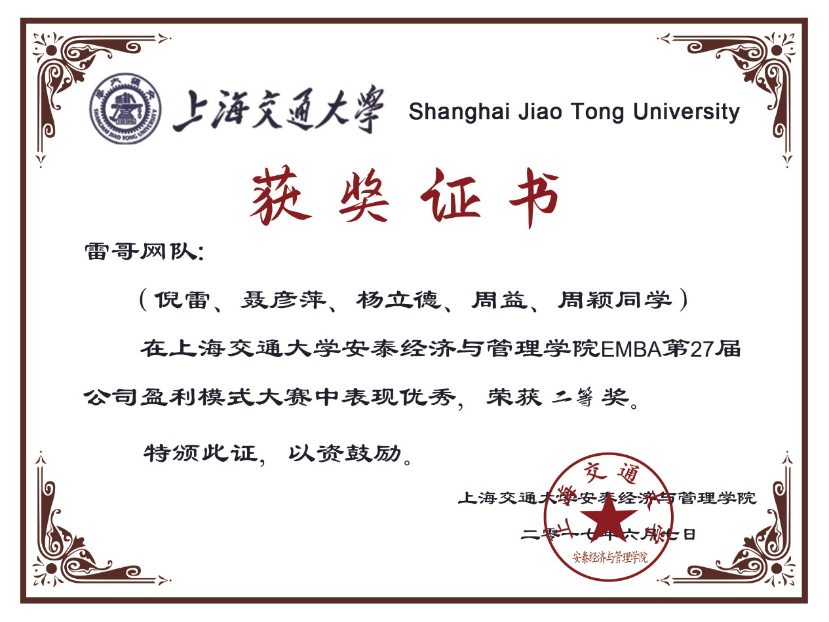Jacob Burckhardt’s view that Renaissance European women “stood on a footing of perfect equality" with Renaissance men has been repeatedly cited by feminist scholars as a prelude to their presentation of rich historical evidence of women’s inequality. In striking contrast to Burckhardt, Joan Kelly in her famous 1977 essay, “Did Women Have a Renaissance?’’ argued that the Renaissance was a period of economic and social decline for women relative both to Renaissance men and to medieval women. Recently, however, a significant trend among feminist scholars has entailed a rejection of both Kelly’s dark vision of the Renaissance and Burckhardt’s rosy one. Many recent works by these scholars stress the ways in which differences among Renaissance women—especially in terms of social status and religion—work to complicate the kinds of generalizations both Burckhardt and Kelly made on the basis of their observations about upper-class Italian women.
The trend is also evident, however, in works focusing on those middle- and upper-class European women whose ability to write gives them disproportionate representation in the historical record. Such women were, simply by virtue of their literacy, members of a tiny minority of the population, so it is risky to take their descriptions of their experiences as typical of “female experience’’ in any general sense. Tina Krontiris, for example, in her fascinating study of six Renaissance women writers, does tend at times to conflate “women” and “women writers,’’ assuming that women’s gender, irrespective of other social differences, including literacy, allows us to view women as a homogeneous social group and make that group an object of analysis. Nonetheless, Krontiris makes a significant contribution to the field and is representative of those authors who offer what might be called a cautiously optimistic assessment of Renaissance women’s achievements, although she also stresses the social obstacles Renaissance women faced when they sought to raise their “oppositional voices.” Krontiris is concerned to show women intentionally negotiating some power for themselves (at least in the realm of public discourse) against potentially constraining ideologies, but in her sober and thoughtful concluding remarks, she suggests that such verbal opposition to cultural stereotypes was highly circumscribed; women seldom attacked the basic assumptions in the ideologies that oppressed them.
















 400-600-1123
400-600-1123





 资深讲师题题有解析
资深讲师题题有解析





















 12G备考资料
12G备考资料